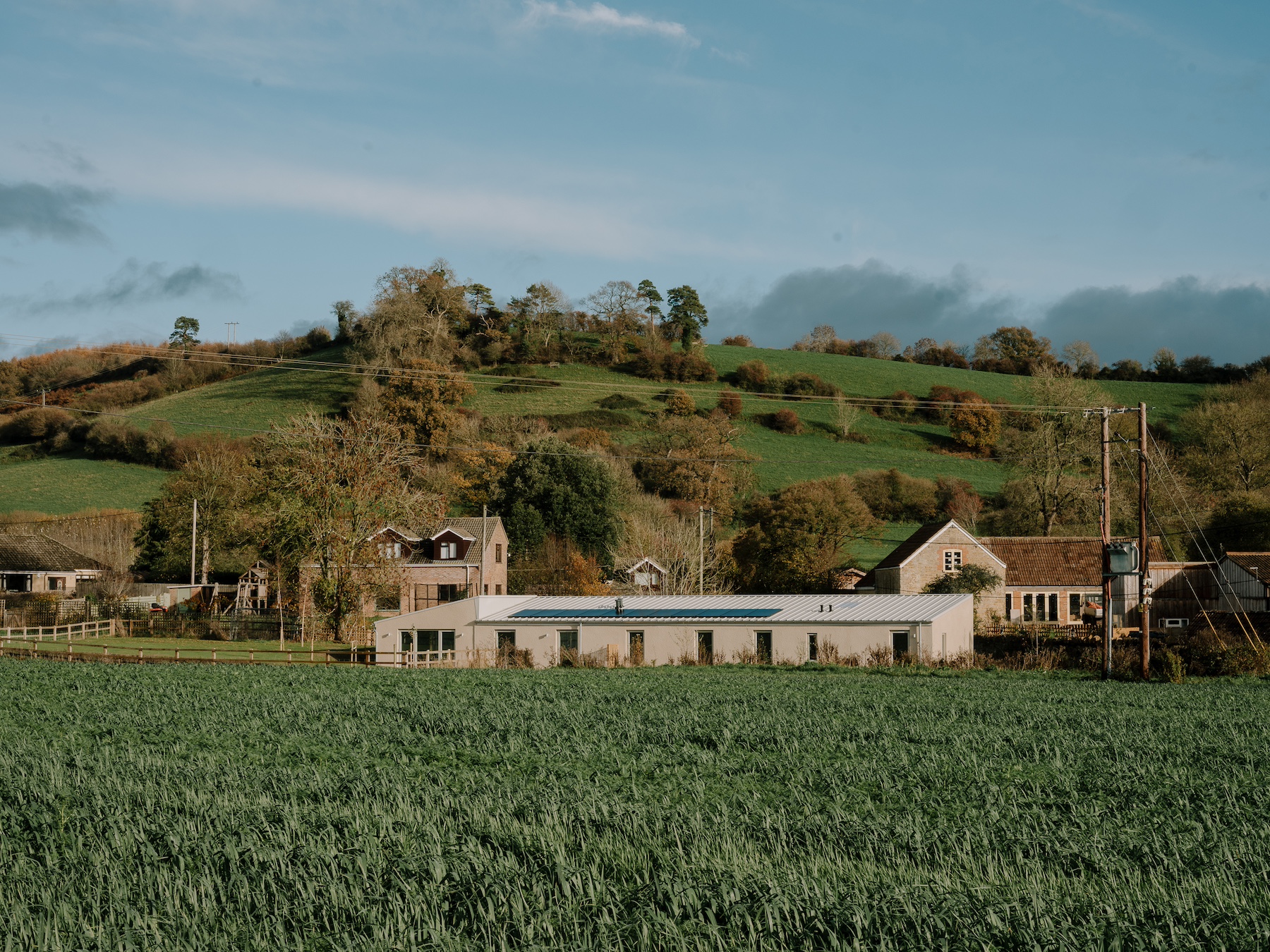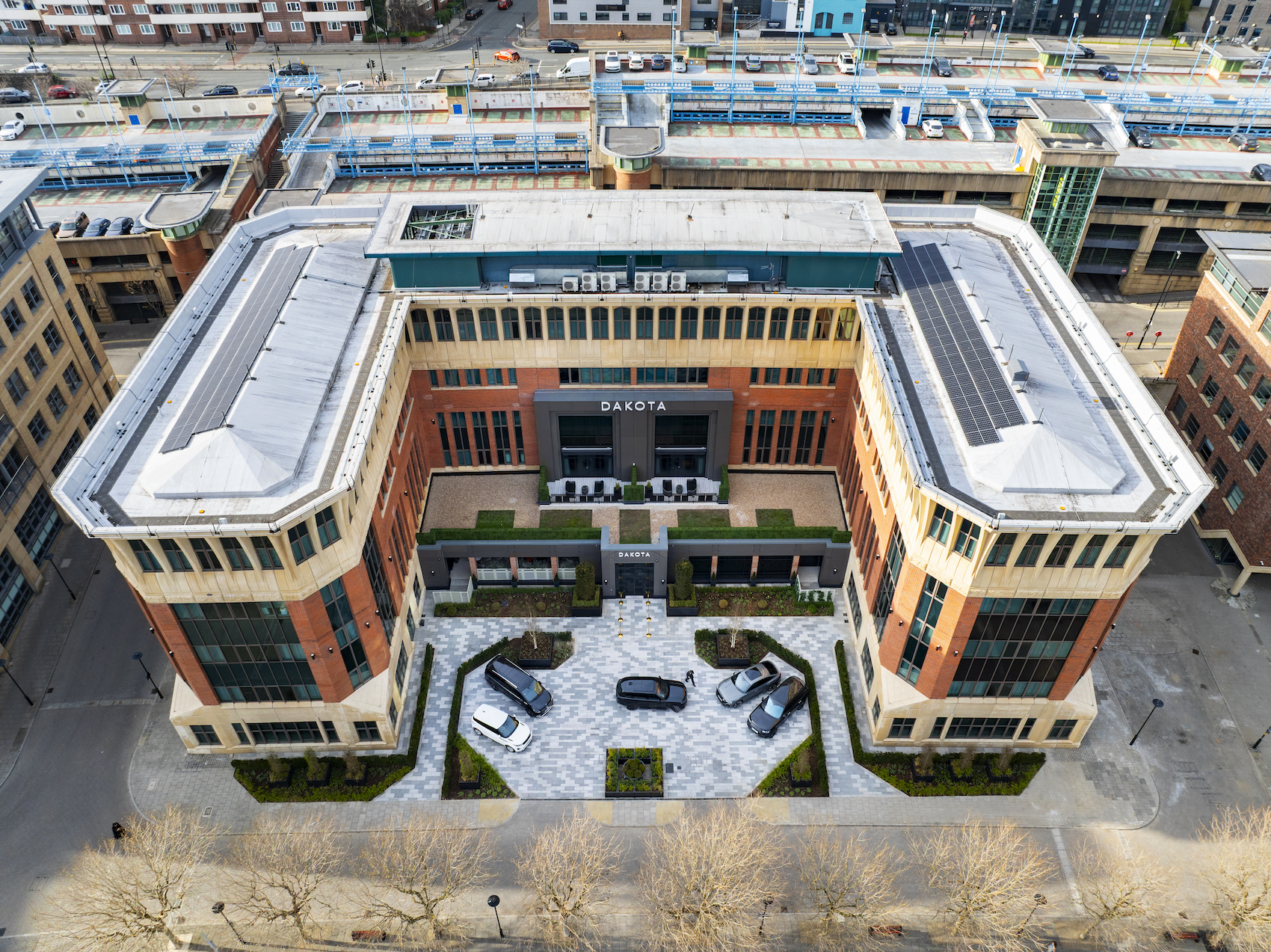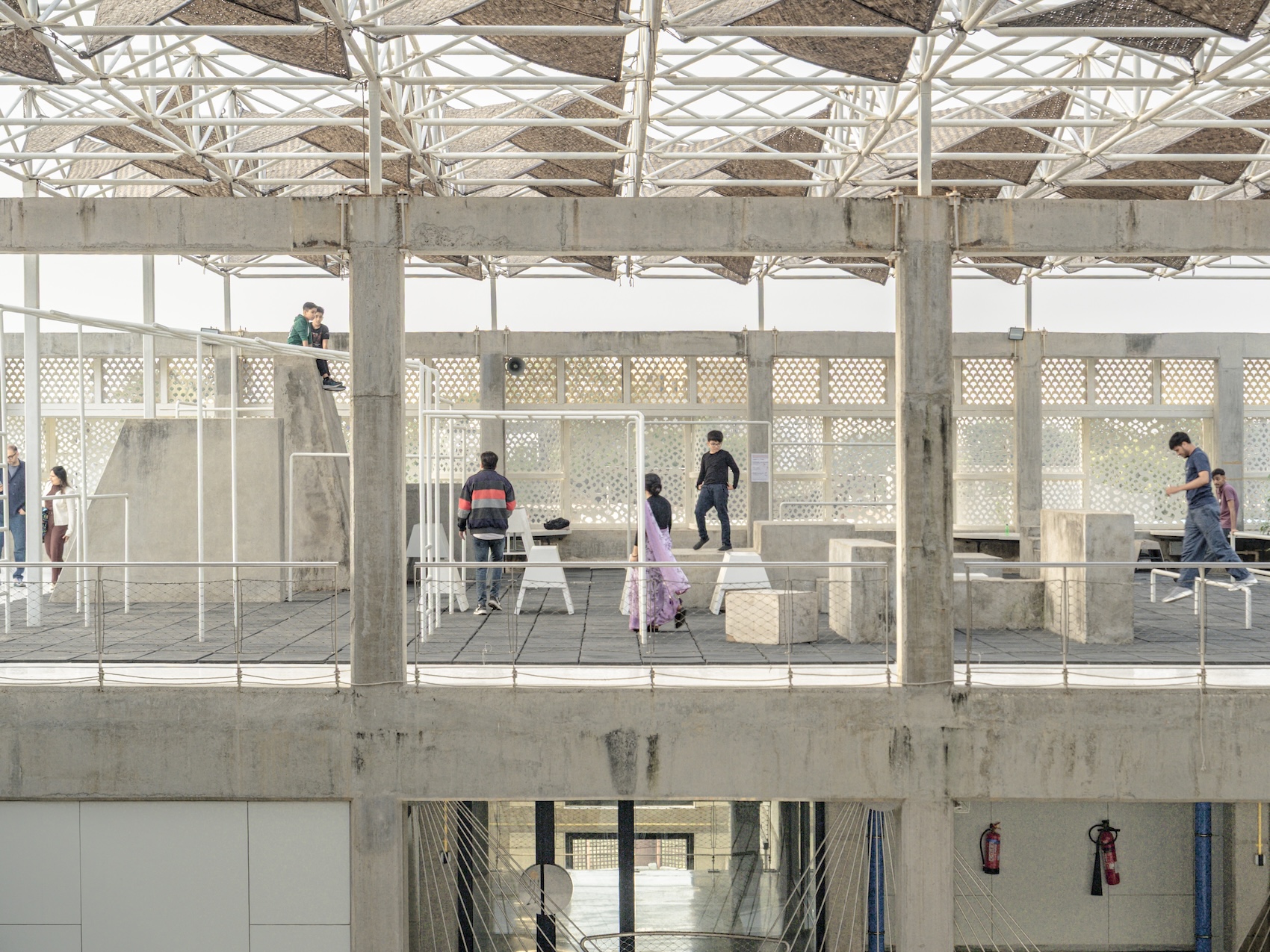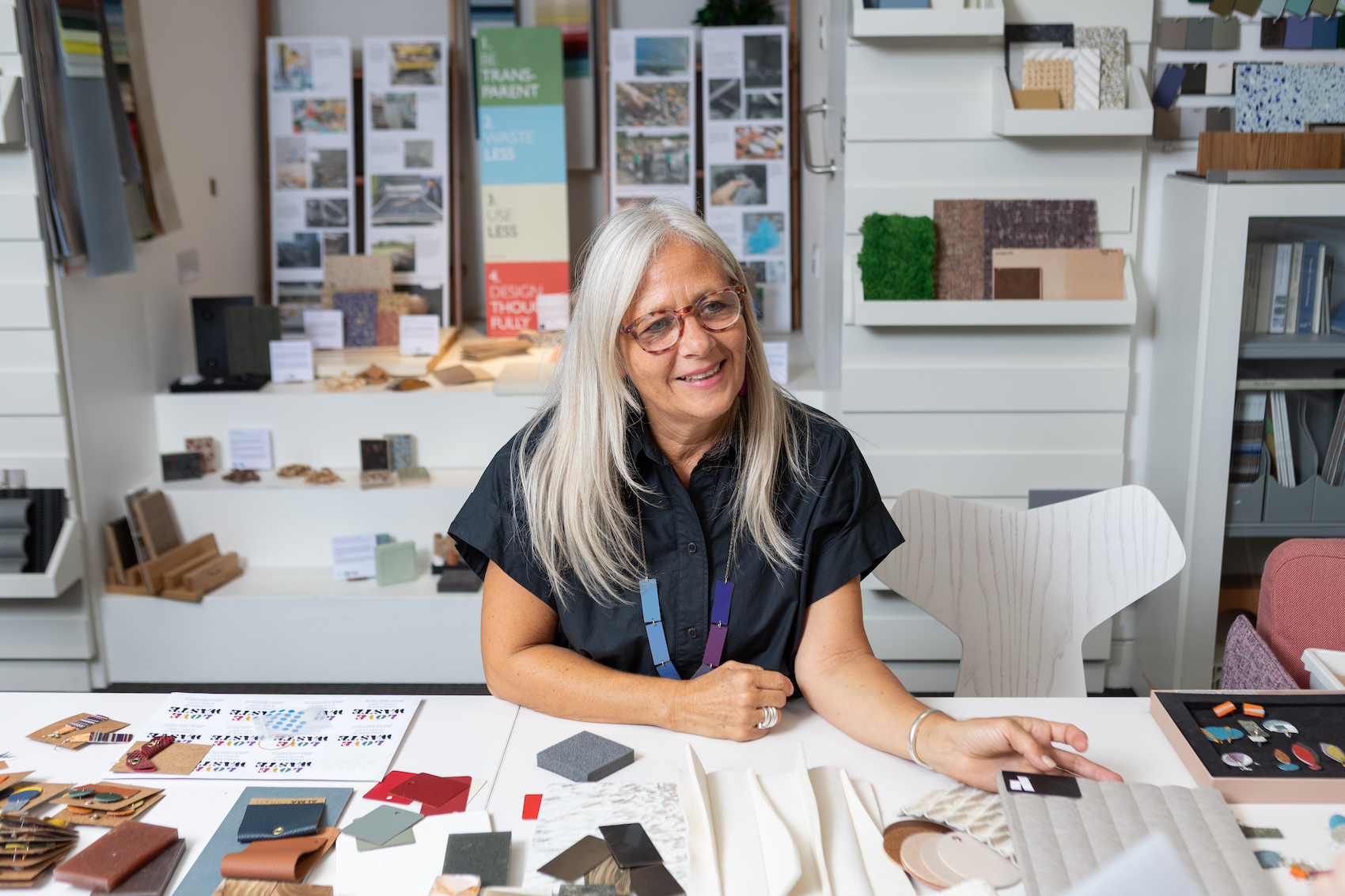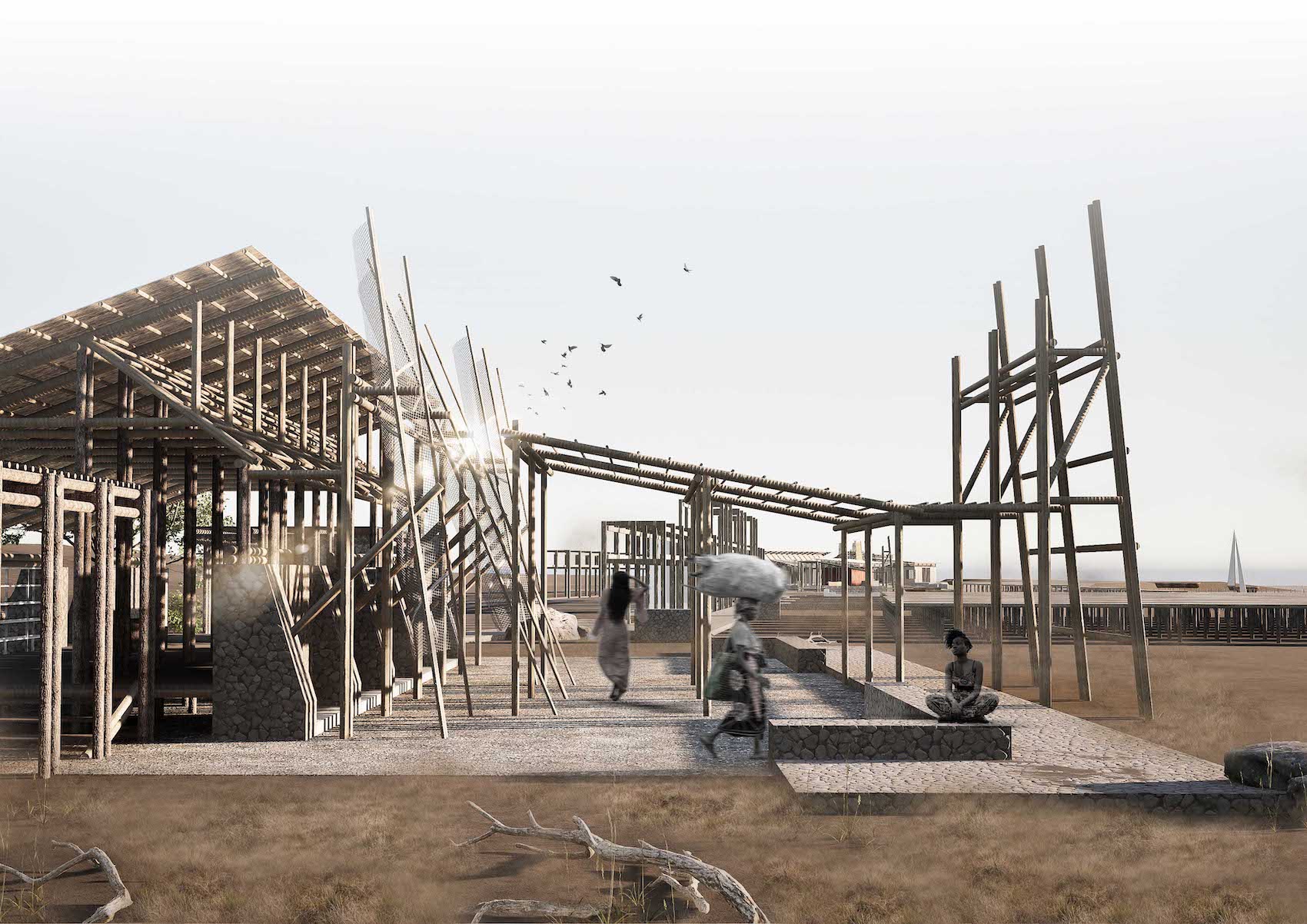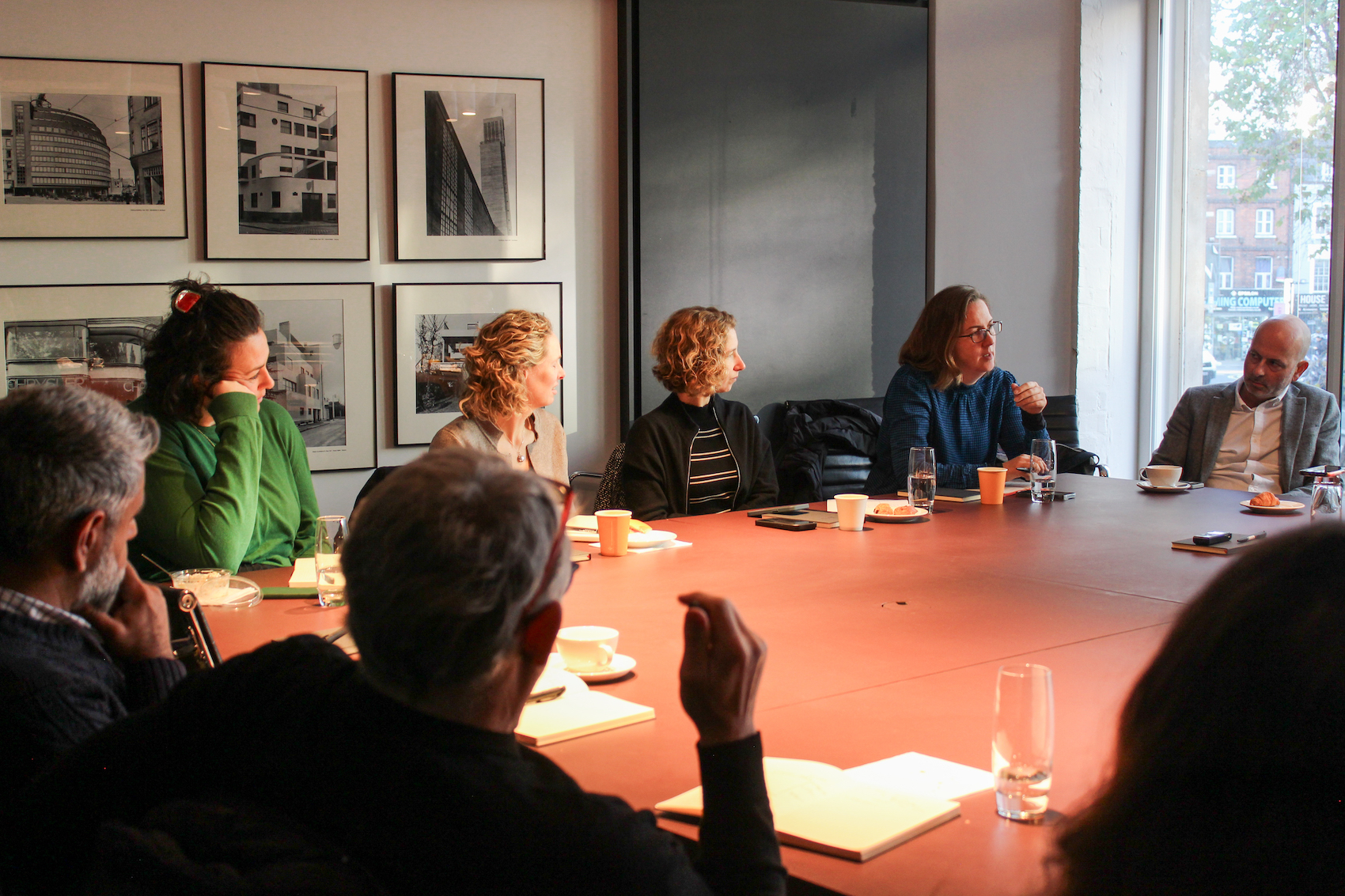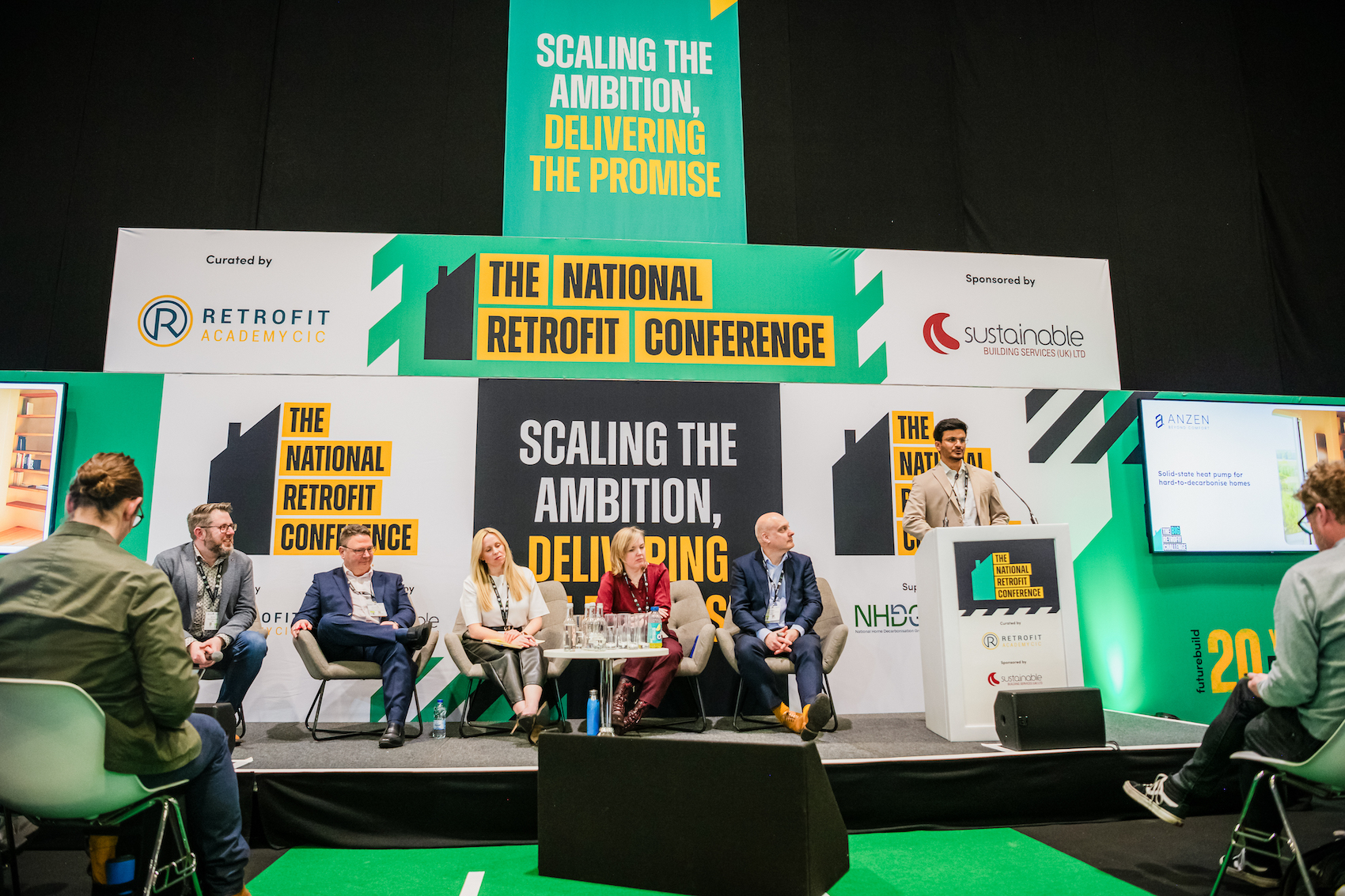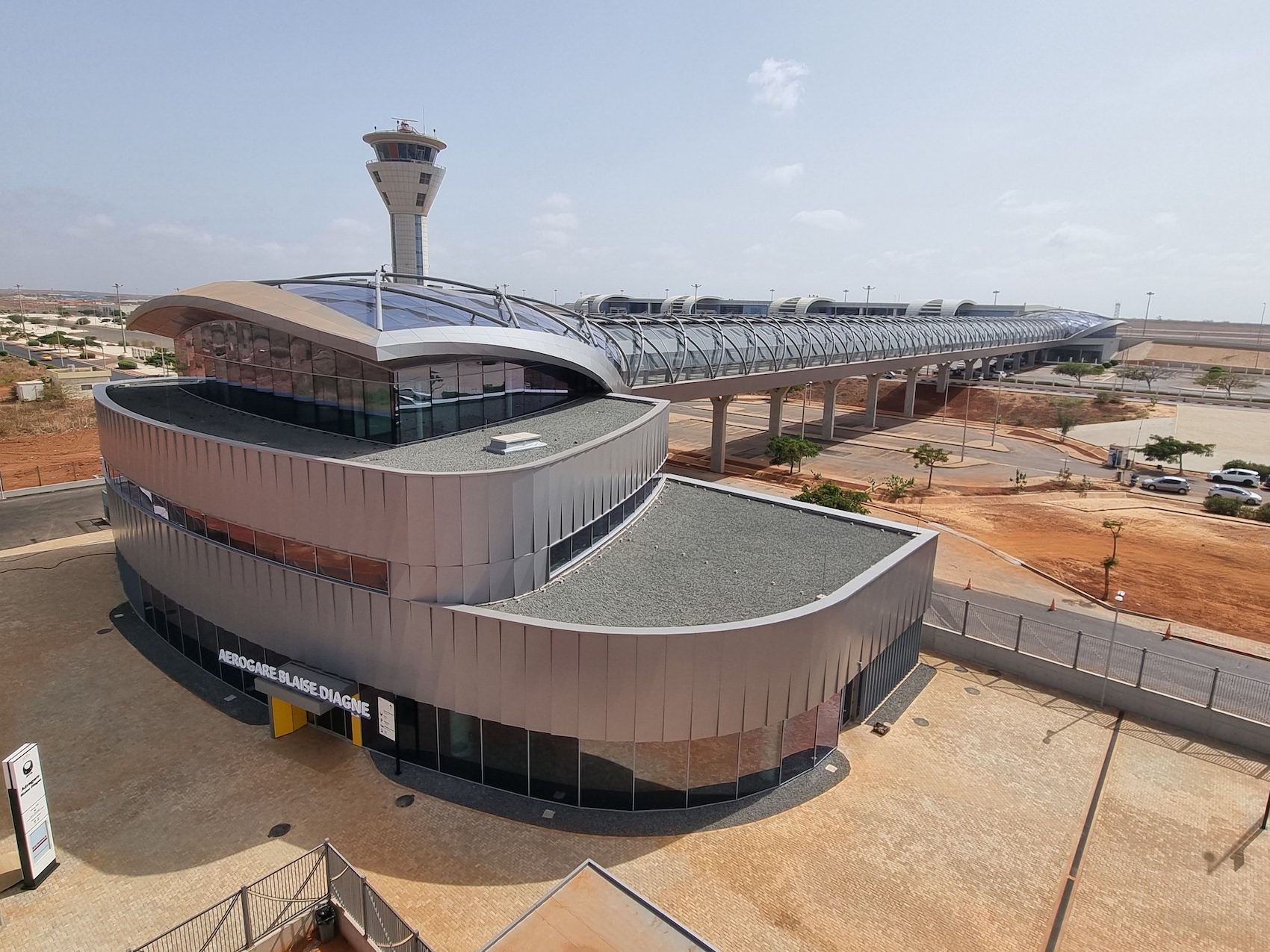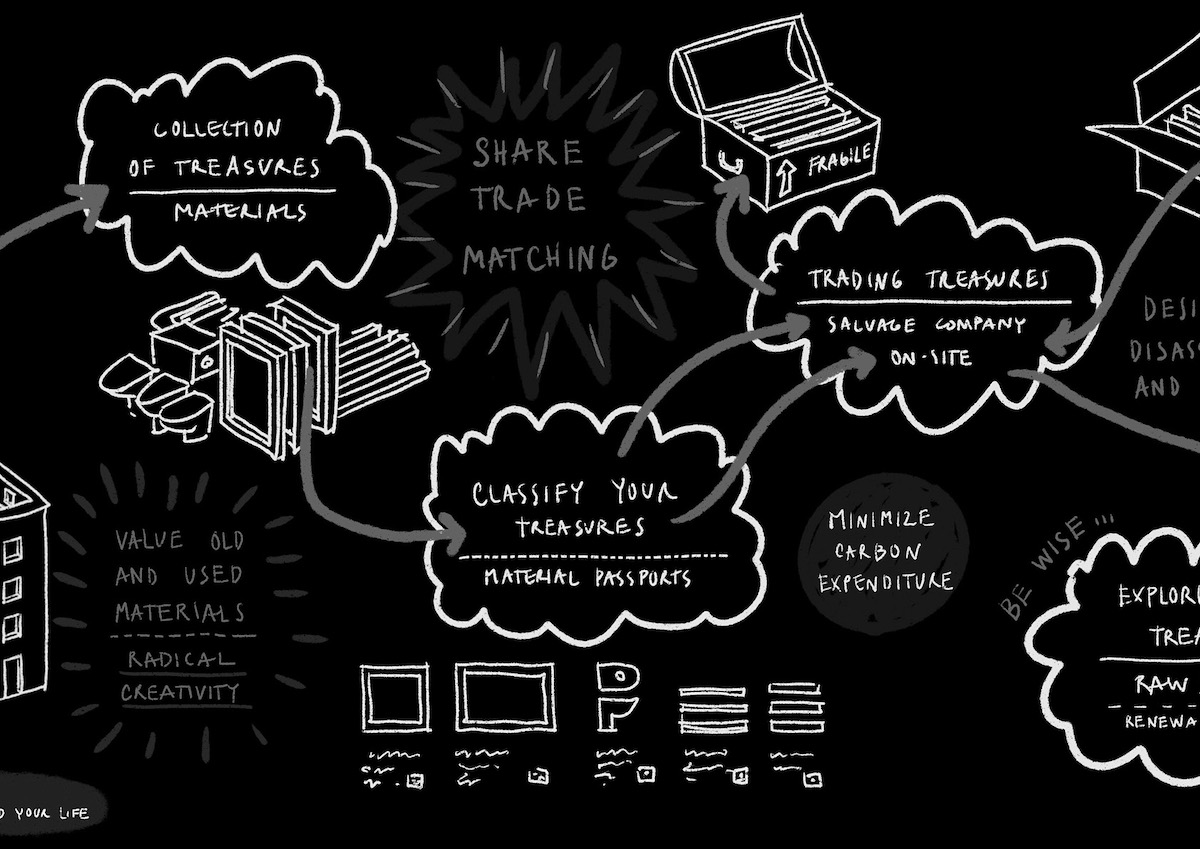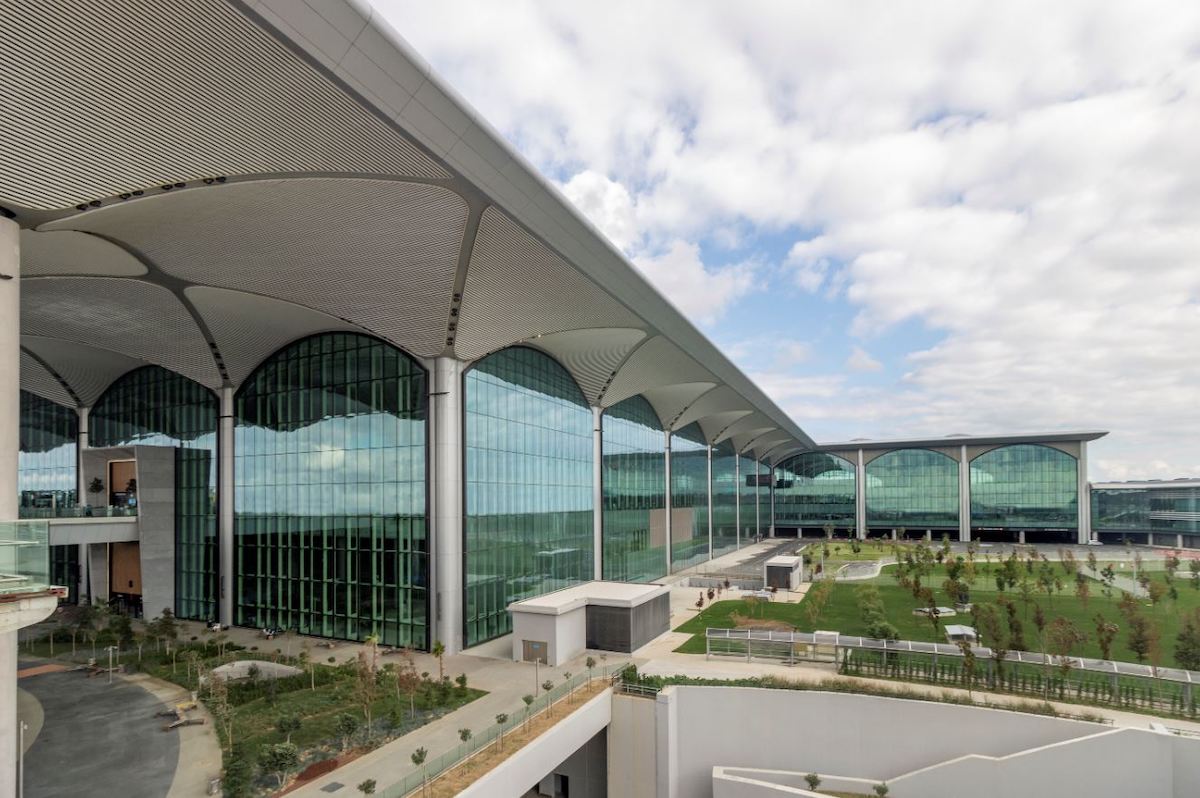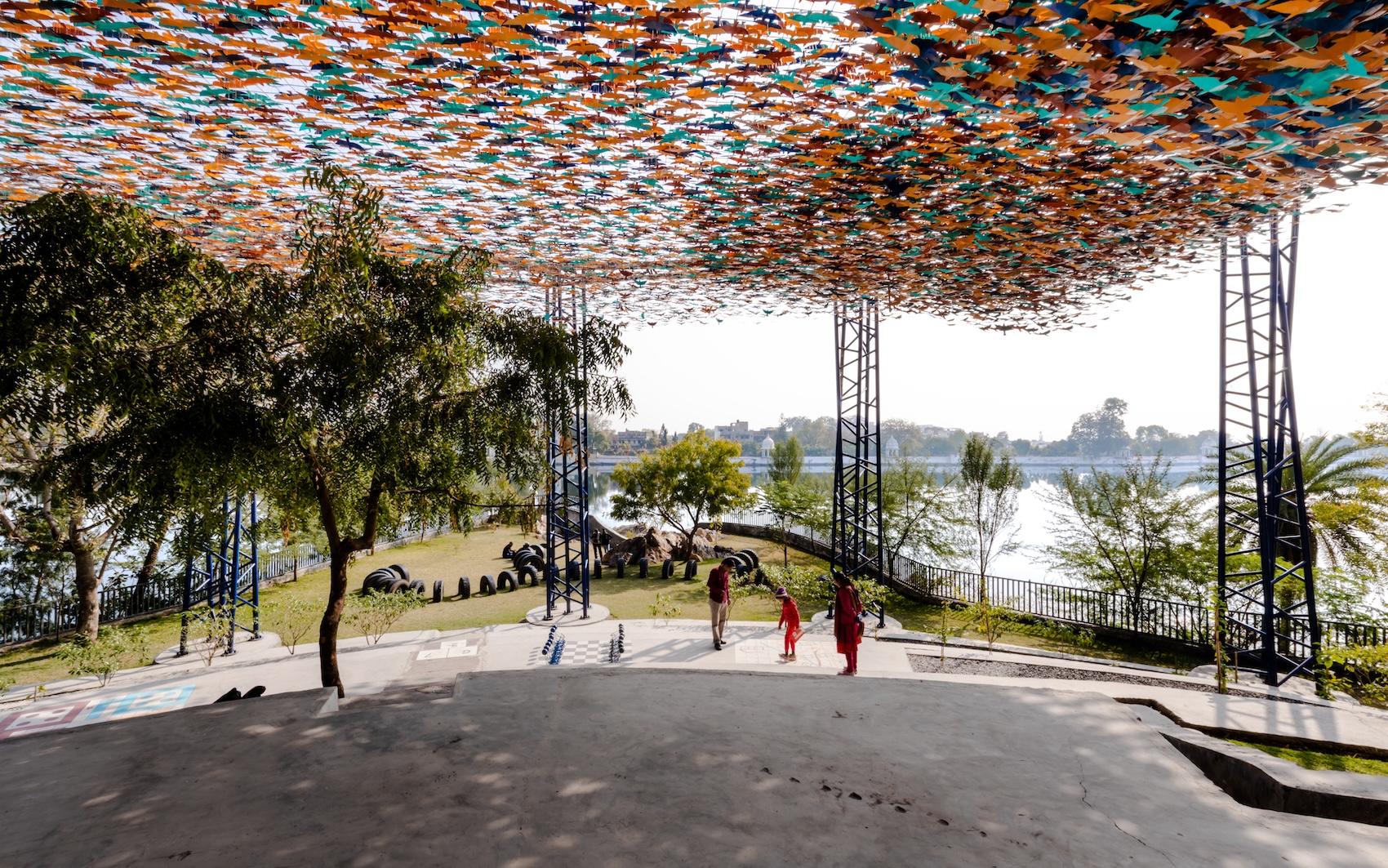The lemur domes at Wildheart Animal Sanctuary on the Isle of Wight are the first bamboo structures to obtain Building Regulations approval in the UK – part of an ever-evolving experiment in natural materials and regenerative design. Neil Thomas discovers a world that revolves around the needs of wildlife, the environment, and generations to come.
Just before Mark Fisher – an architect who single-handedly changed the way rock and roll shows are designed – died, he sent me an email which said two things. Firstly, he wished we had got drunk together just a few more times. Secondly, he told me I was to go and find John Hardy. I had no idea who John was, and I had no reason to go to Bali, where I discovered he lived. But Mark asked me to go, so I did.
Discovering bamboo
John and his wife Cynthia live in Ubud, the spiritual region at the centre of Bali. John had owned a successful jewellery business. He couldn’t find a school for his children, so decided to start one from scratch: the now renowned Green School which opened in September 2008 and is built entirely of bamboo. Imagine that you spent 35 years as an engineer with a passionate interest in structure and materials, when somebody hands you a material you’ve never seen before. That visit, back in 2014, changed my life.
John introduced me to his daughter, Elora Hardy, founder of architectural practice IBUKU, meaning mother. She had no formal architectural training but had worked for many years with Donna Karen in New York. She grew up in Bali, immersed in the world of bamboo. When we met, she had already designed many houses and small buildings in bamboo, including the legendary Sharma Springs villa in Bali. But she had bigger ambitions, and asked my engineering practice, Atelier One, to get involved. When I told people we were going to be engineering bamboo structures people treated it as a joke. Nobody’s laughing now.
When I started Atelier One with Aran Chadwick, my partner of 35 years, we agreed that we would only work on things that interested us, but also that we would only work with things we really understood. And natural materials can be complex. We spent three years investigating bamboo’s properties, back checking existing buildings and sourcing information before we got to a point where we understood bamboo enough to be confident about using it. At the time, there were only two useful codes of practice; one Columbian and one Chinese, meaning we needed to develop design guides drawing on limited information. There are 1500 species of bamboo and although it’s been used in traditional building for thousands of years, Elora’s practice had reached a point where she was keen for us to explore new possibilities for its use.
Wildheart Animal Sanctuary is hidden – and protected – by its imposing façade, one of the ‘Palmerston Forts’ built during the 1860s and 1870s to deter would-be French invaders.
Bamboo is very light, very strong and grows incredibly quickly – as much as 50mm per day. You can almost watch it growing. It’s a grass, so when you cut it, it grows again and again…and again. It is a remarkable sink for carbon sequestration and, particularly at small diameters, very elastic. So, from the simple post and beam form (that description doesn’t do justice to the way Elora creates buildings), we began to look at gridshell forms using small- diameter bamboo meshed together to utilise shape or geometrical stiffness.
John and Cynthia had a hotel, Bambu Indah in Ubud – just voted the fourth most beautiful place in the world by Time Magazine – which we used as a testbed, meaning things would be imagined and just get built. Our first project was to help design the bamboo cage lift and its mechanism to go from the hotel to the natural pools below. We helped design small buildings like Moon House and Copper House at the hotel. Information was sparse, but if we didn’t have the data, we just specified tests.
During this period, I was travelling backwards and forwards to Bali every four or five months. John introduced me to Jorg Stamm, a German builder and a big fan of Frei Otto – and the greatest source of information and understanding of bamboo I’ve ever met. And in 2020 Atelier One collaborated with Jorg Stamm and IBUKU to design a gymnasium at the Green School, called The Arc. Referred to by Dezeen as ‘a refined design with unparallelled beauty’, it won many design awards but we are particularly proud that it won the Institute of Structural Engineers Award for Sustainability, and later went on to win the Supreme Award for Engineering.
The bamboo dome allows visitors to view the lemurs in a naturalistic setting. The enclosed hut that links the two domes is constructed from 102 bales of straw.
A letter from Lawrence
In 2023 Architecture Today Editor Isabel Allen asked if I would record a module on the basic engineering of bamboo for Architecture Today’s online learning platform School of Specification. A few weeks after the module was launched, Isabel received an email from Lawrence Bates, the man responsible for running Wildheart Animal Sanctuary on the Isle of Wight, sharing his own experiences of building with bamboo.
Lawrence had become interested in bamboo when he needed to build a home for his lemurs. Lemurs live at ground level, but they also like to get high among the trees and can climb like crazy, meaning they need a roof as well as walls. He had looked at various conventional enclosures but came across Atlas Domes in Scotland, owned by Cameron Gray. Cameron had discovered bamboo structures when he was doing volunteer work in Malaysia as a student. Years later he wanted to create a temporary structure for a family party and used bamboo to build a small geodesic dome.
Geodesic domes were pioneered by Buckminster Fuller, who had developed spherical forms using a combination of hexagons and pentagons, dividing them into triangles, the basic fundamental stable gridshell elements celebrated for their lightweight nature and material efficiency. The dome exemplified Fuller’s principle of doing ‘more with less’.
After building that first bamboo dome, Cameron went on to launch Atlas Domes which rolls out temporary spaces for parties and events. But Lawrence needed a permanent structure. In fact, he needed two: one for the docile lemurs, and one for the ‘ASBO’ lemurs. He couldn’t find a UK engineer who could provide the help he needed. Not to be deterred, and showing his usual ingenuity, he found an engineer in Java who put together a set of calculations for him to support the domes’ permanent use and, in April 2021, obtained building regs approval for a 24 metre bamboo geodesic dome using Guadua angustifolia – the first bamboo structure in the UK to be granted full building regs approval.
I was intrigued, particularly as Atelier One had recently specified bamboo for elements of Coldplay’s Music of the Spheres tour, only to have the Welsh Rugby Club – of all people – refuse to use it on the grounds that it isn’t recognised as a structural material in the UK.
Magical kingdom
Isabel and I went to visit Lawrence, who turned out to be the living version of Matt Damon in the movie We Bought a Zoo. The sanctuary, formerly the Isle of Wight Zoo, is set around a Napoleonic fortress on the seafront near Sandown. In the recent past keepers would walk the tigers on the beach and take them to the local pub for a drink.
We quickly realised that the domes were not the only pioneering things Lawrence and his wonderful team of volunteers had achieved. The volunteers themselves are testament to the healing power of meaningful engagement with the natural world. They range from members of ‘Men’s Sheds’, an initiative designed to encourage older adults (including, apparently, a disproportionate number of retired engineers) to play an active role in their community, to local teenagers, to Alice, a widow, who found solace caring for the lemurs in Wildheart’s bamboo domes.
Conservation is a fundamental part of Wildheart’s mission. It strives to protect animals in their natural environment, campaigning to preserve wildlife and the environment both internationally and on the Isle of Wight, and educating people about the natural world in the hope of inspiring the next generation of conservationists.
But it also provides a home for animals who have been abused for many years. Lawrence eschews the historic approach whereby zoo enclosures are designed to facilitate sightseeing and starts from what’s best for the animals. In the four years he’s been at Wildheart, he has been dismantling unfit animal houses brick by brick, piece by piece, and rebuilding them to better suit his charges’ needs – a one-man (and an army of volunteers) regeneration project.
Isabel and I both fell in love with the place. For Isabel, it embodied the values enshrined in the Regenerative Architecture Index, which Architecture Today had just launched with Architects Declare: being a good ancestor; co- evolving with nature, and creating a just space for people.
As an engineer, I was captivated by the can-do attitude to building and experimentation. As well as the bamboo domes, Lawrence has experimented with rammed earth, living walls, repurposed shipping containers and all manner of recycled materials that have been donated, or happen to have been lying around the site. Wildheart and its animal populace are in a constant state of flux, and structures are erected or adapted as quickly and as cost effectively – and with as light a touch on the environment – as possible from whatever comes to hand.
The primary aim is the animal’s health and happiness, but one happy side effect is that Lawrence has created a kind of alternative Centre for Alternative Technology where materials and construction techniques and ideas get tested and adapted at breakneck speed. If it turns out that an animal can dig deeper, or jump higher, or chew harder than you thought. You find out about it pretty quickly and revisit your design.
Forest trail enclosed by willow walls. The Sanctuary aims to replace plastic and man-made barriers with natural and living walls, and is looking into the potential to create enclosures made from growing bamboo.
Animals can be relied upon to shape their environment in ways we can’t necessarily predict. Wildheart is about to adopt two Russian bears, currently in captivity in Azerbaijan. Lawrence told us a story about the bears at Five Sisters Zoo, outside Edinburgh. The zoo placed large-diameter concrete pipes in the bear enclosure, as shelter and play equipment for the bears. To their amazement, the bears dug hollows in the ground at the end of the pipes furthest away from visitors: quiet, defensible, self-built ‘nests’ to settle in for their winter torpor.
It’s common for people to anthropomorphise animals, assuming they see and feel things the way humans do. They do not. There is a term ‘umwelt’ which directly translated means environment, but in fact extends to spheres of perception. Bears to do not ‘see’ things at distance. They smell them. Following that first visit (the first of many), Atelier One has become interested in seeing the world from the animal’s point of view, and has been working with Lawrence to design a home for the bears that plays to their playfulness and ingenuity, as well as their instinct to ‘find’ hibernation in the wild.
Whether or not we’ve got it right remains to be seen. The bears will let us know! It’s a privilege to work within an organisation so willing and able to learn from nature, so grounded in respect for humanity and the natural world, and so fuelled by optimism and hope.








